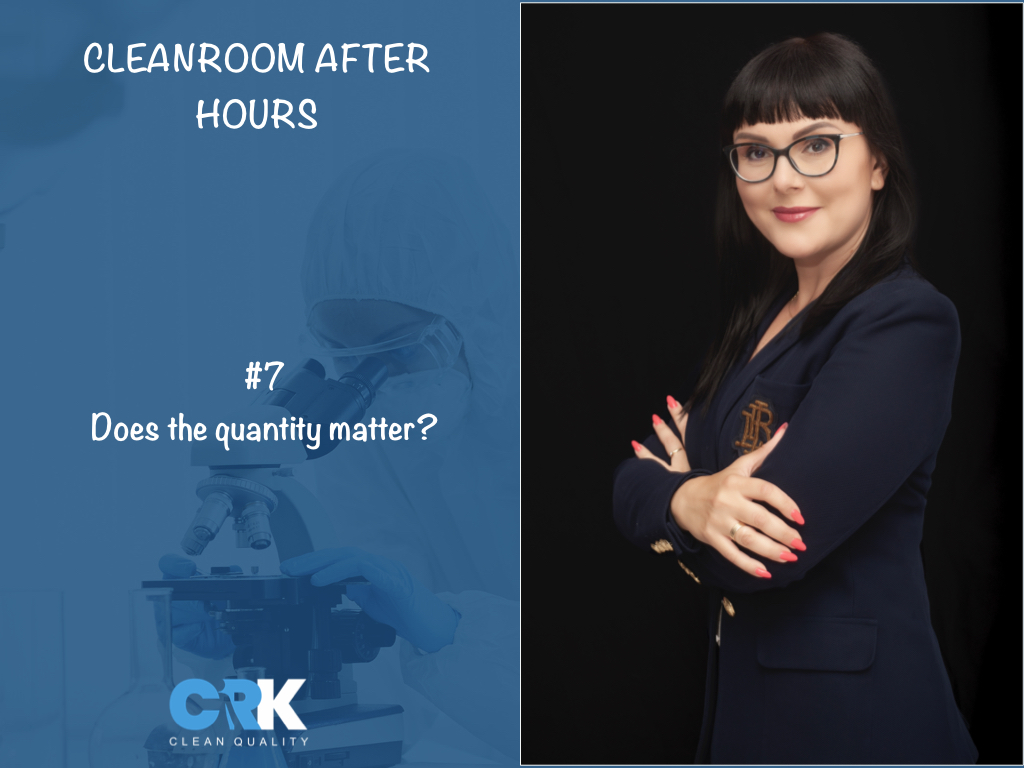
#cleanroomafterhours #7
Today, a bit of a trick topic;)
Does the number of personal locks matter in the context of maintaining the cleanliness class?
Although the ISO 14644 standard is one and quite precisely defines the requirements for cleanrooms, do not indicates the number of intermediate rooms, in particular personal and material locks.
According to the requirements, the lock should be of the same ISO class as the room it leads to.
What does this mean in practice?
A certain duality 🙂
In pharmacy and related areas, we will define the number of airlocks commensurate with the number of ISO grades we identify in the area. Usually one to three rooms.
In automotive, electronics and related sectors – it will be customary to have one airlock (or basically a classless cloakroom) and a room called an airshower. Overall, therefore – two rooms, regardless of the ISO class.
Where do the differences come from? the answer is – in the technological process!
Where the amount of particles on the surface and in the air is critical – the task of the airlock will be to purify clothes and equipment as much as possible, so that there is no transfer of contaminants to production areas.
Hence, the use of an airshower – a device that “flushes” the person or material inside with air, will be the most optimal. At the same time, it is reasonable for the airlocks, which comes before the airshower, to also have “some” class! This treatment, although not often used (which in my opinion should be treated as a design error), allows you to protect clothing and equipment against particle contamination also during their storage, and thus – transmission of these pollutants to the target rooms. Similarly, in critical areas, it is worth considering the location of an additional personal lock or airshower, in a situation where in one communication route we identify rooms of different cleanliness, e.g. ISO 7 and ISO 5. Thanks to this, we will create a buffer that will effectively prevent the transfer of contaminants between rooms so as the cross-contamination.
In medical areas, i.e. where particle and microbiological purity equally determine the cleanliness class, the most common solution will be to design airlocks in the number corresponding to the number of cleanliness classes in accordance with GMP. Such a system forces the change of clothes and personal protective equipment each time when changing the room, which increases the level of environmental parameters control. For comparison, the use of airshower in such a case would not be justified, due to the inability to validate the process of maintaining microbiological conditions in this device.
Regardless of the preferences of solutions, let us remember that the technological process is the overriding factor in the design process. No matter how many similar cleanrooms we have created – each case should be treated individually to ensure the highest level of protection against contamination.
#CRK#cleanroom#GMP#airlocks
